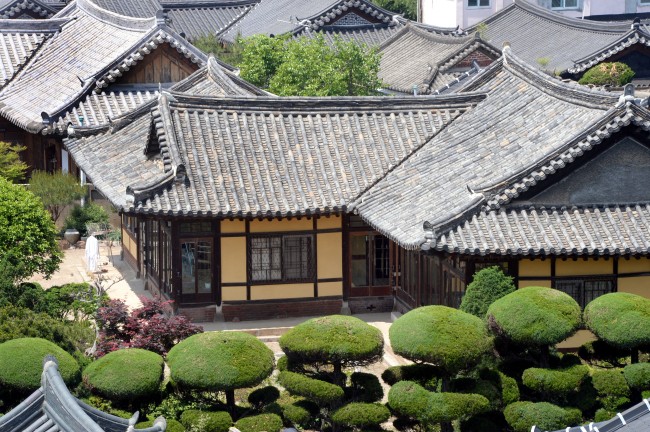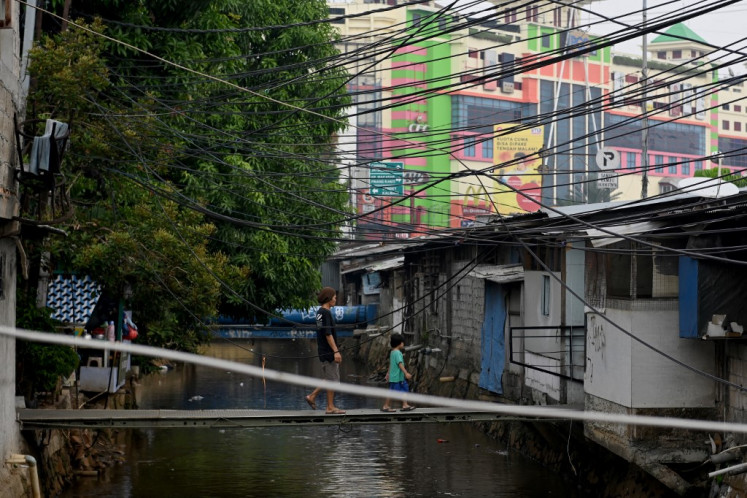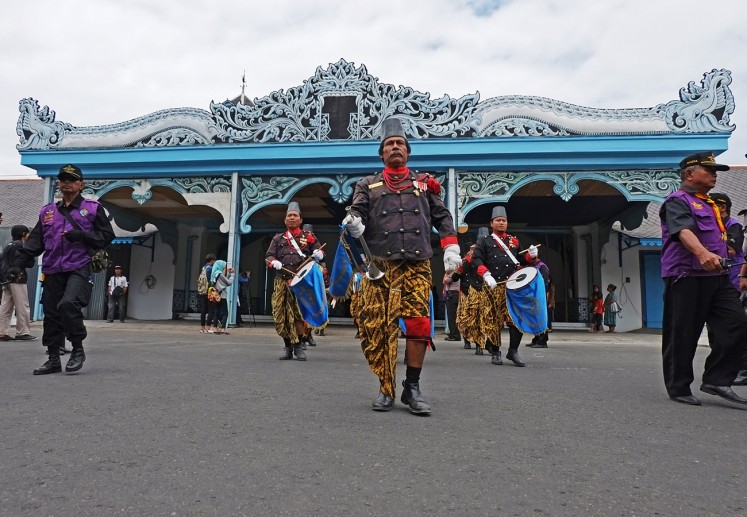Jeonju Hanok Village, a touchpoint of Korea’s past and present
Change text size
Gift Premium Articles
to Anyone
 Jeonju Hanok Village is a top priority tourist spot in the North Jeolla Province city. (The Korea Herald/Park Hyun-koo )
Jeonju Hanok Village is a top priority tourist spot in the North Jeolla Province city. (The Korea Herald/Park Hyun-koo )
A
lways bristling with tourists -- local and foreign, many dressed in modernized hanbok -- Jeonju Hanok Village is a top priority tourist spot in the North Jeolla Province city.
The antique traditional residential district, however, is not just a photogenic theme park. It is living proof of Korea’s modern history in the early 20th century. It is also a symbol of balance which the ancient city has achieved between its traditional cultural assets and development.
The hanok village originates from the 1910s, when Koreans were pushed out of the central streets of Jungang-dong under the Japanese colonial rule and relocated to the less popular Pungnam-dong to form a suburban neighborhood.
Read also: You can now rent your very own 'oppa' in South Korea
Compared to the more traditional hanoks from the Joseon era, these houses featured a more modern or urban appearance and structure.
The preservation of the century-old residential district, which is also home to some 2,000 local residents to this day, was a key factor in having Jeonju certified in 2010 as a member of Cittaslow International, a global network of slow cities.
This article appeared on The Korea Herald newspaper website, which is a member of Asia News Network and a media partner of The Jakarta Post






